One cool autumn evening in mid-October, a small group of classmates from the Fall Advanced Naturalist Club, joined Ashland Nature Center’s Astronomer, Sheila Vincent, on Ashland’s Hawk Watch Hill, to view the night sky. Using the naked eye, binoculars, and Ashland’s own 4.5-inch Dobsonian reflector telescope, Sheila gave the group a guided tour of the stars and planets visible that night. The telescope provided the group with fantastic images of Jupiter with its bands of color and multiple moons, Saturn with its mysterious rings, and the Moon with great details of the craters and mountains.


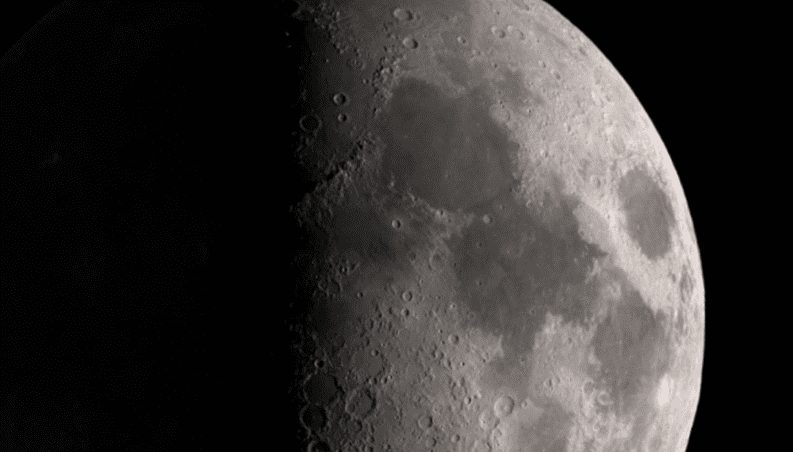
The week before the night field trip at Ashland, Sheila, a life-long astronomy enthusiast, gave a fact-filled astronomy lecture to the Advanced Naturalist Club to prepare class members for the night sky adventure on Hawk Watch Hill. Via Zoom, she used a program called Stellarium to provide a “virtual” guide to the night sky. Stellarium is a free open source planetarium for personal computers. It shows a realistic sky in 3D, just like what you see with the naked eye, binoculars, or telescope. (https://stellarium-web.org)
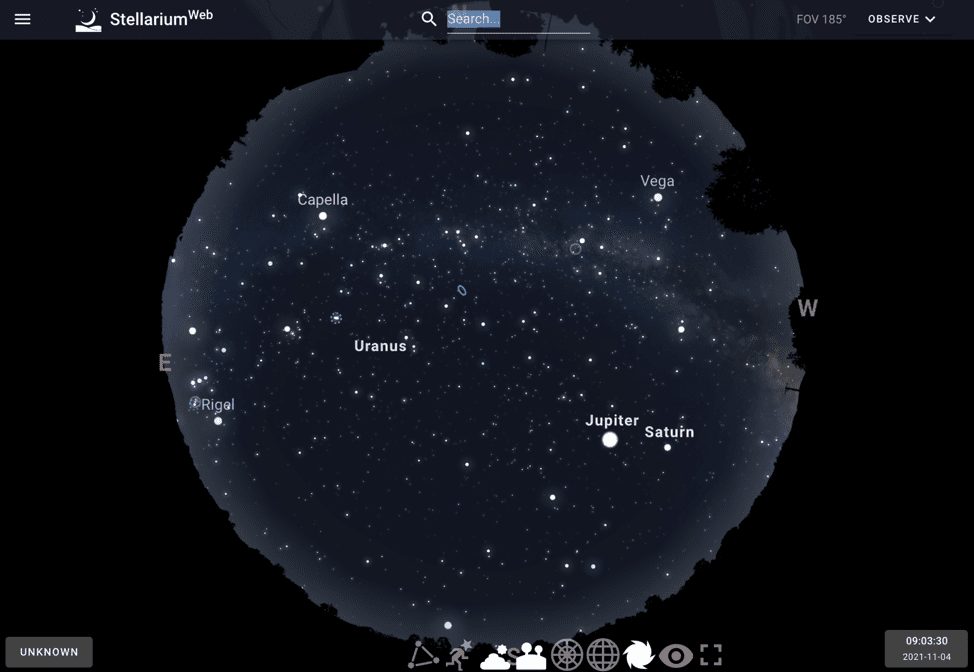
As the class members stood atop Hawk Watch Hill on this mostly clear evening, Sheila was able to point out many constellations visible in the sky and the major stars associated with those constellations. Jupiter and Saturn were highly visible at this time of year, but bright Venus sets early in October and was below the horizon at the start of our event. The moon, about half full that evening, was very bright, somewhat diminishing the view of the less bright stars, but creating a lovely night glow to the Ashland property which allowed the group to walk around the hilltop without stumbling in the dark!
Sheila walked the group through the location of the North Star, Polaris, using the two stars in the Big Dipper’s ladle which point directly to it. Class members learned why the North Star appears constant (because it lies almost exactly above Earth’s northern axis, it appears to stay put in the northern sky) and how the night sky rotates around that constant point in the sky. Because of the direction in which the earth spins, the moon and the stars rise in the East and set in the West, just like the sun. Therefore, when viewing the stars at night, she suggested that you should start looking towards the Southwest, because those stars will set first.
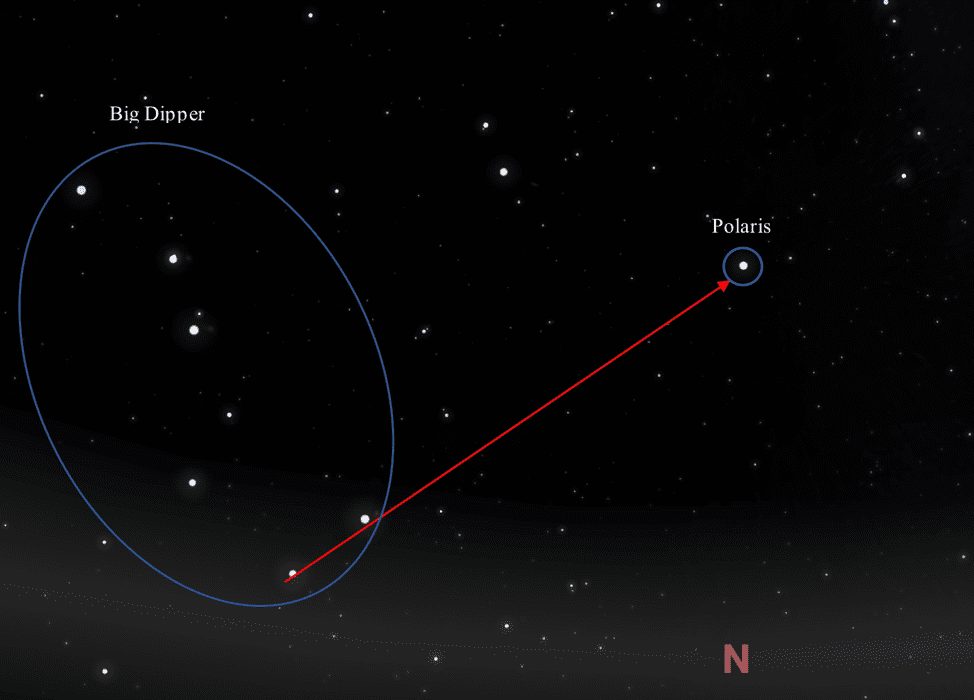
Sheila provided a great deal of useful information for the class, patiently answering the many questions about our universe and planetary system. She was able to give practical advice on viewing the night sky. For example, when the moon is a “D” shape, it is waxing, when it is a “C” shape, it is waning, and it rises ~55 minutes later each day, making its location vary much more than other objects in the night sky. She explained the “Ecliptic” (an imaginary plane containing the Earth’s orbit around the sun, defined by the circular path of the Sun across the sky, as seen from Earth), why the planets lie along that line, and how the zodiac constellations also lie along the Ecliptic.
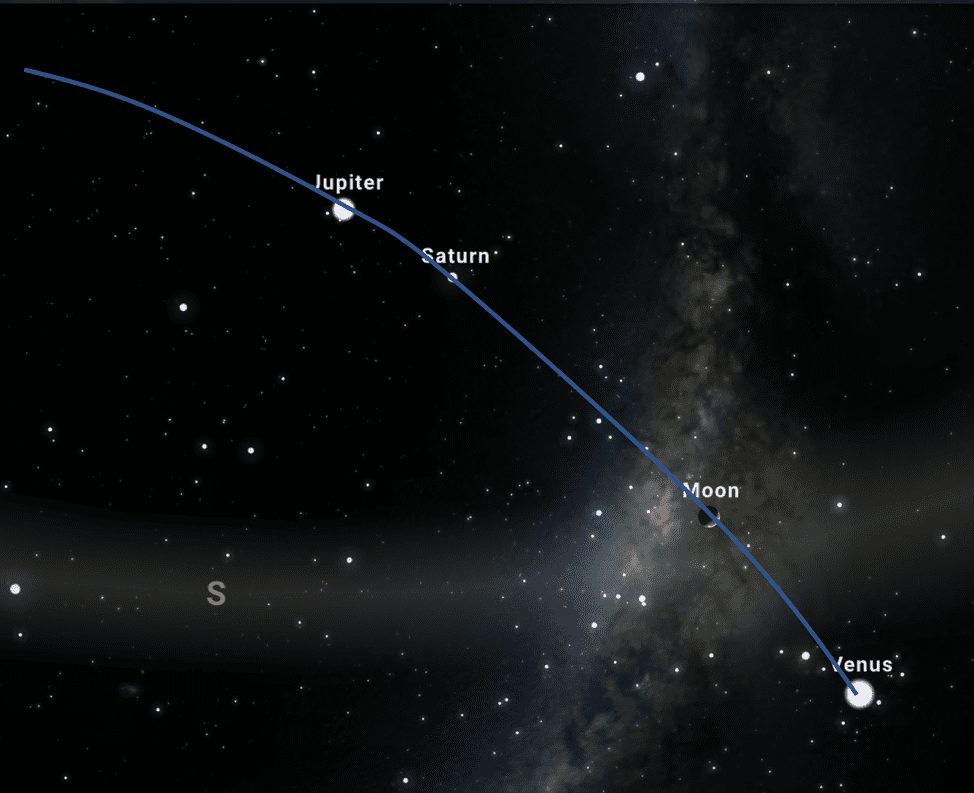
Sheila also explained the difference between asterisms and constellations: an asterism is a recognizable pattern of stars, while a constellation is a well-defined region in the sky. The class learned to locate and identify several famous asterisms that were visible in the sky that evening: the Big Dipper, probably the most widely known asterism in the larger constellation of Ursa Major (the Great Bear); the “W” (or “M” depending on the time of night) in the constellation Cassiopeia (the Queen); the Northern Cross in the constellation Cygnus (the Swan); and the Great Square formed by the three brightest stars in the constellation Pegasus, and the brightest star in the constellation Andromeda.
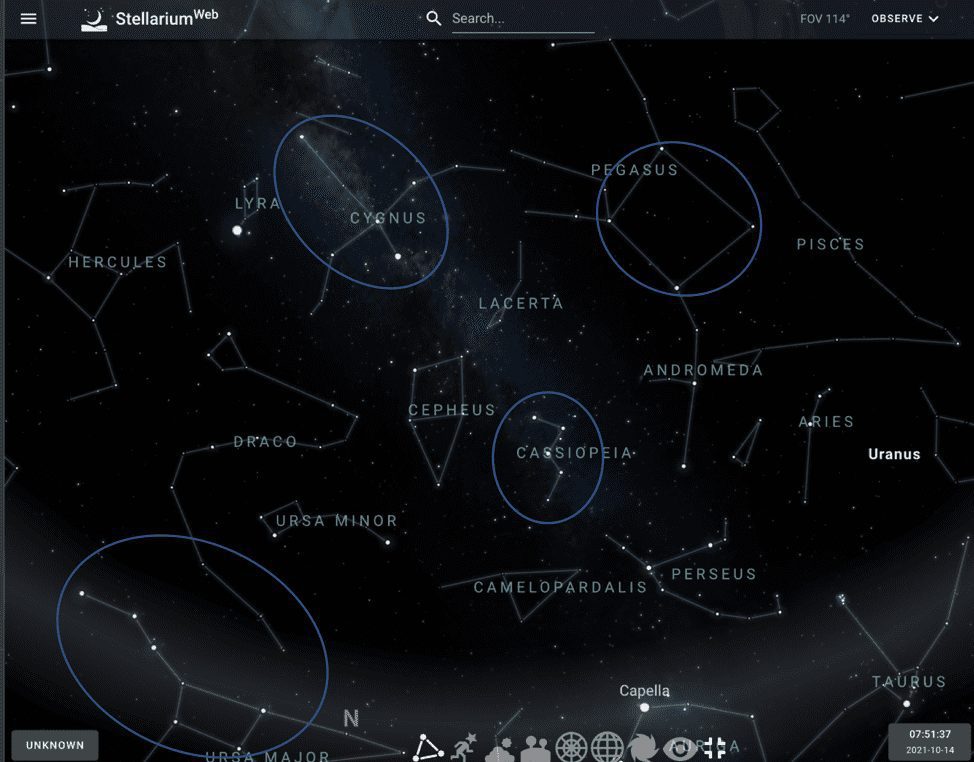
The members of the fall Advanced Naturalist club felt privileged to experience such a peaceful evening of star gazing, learning about the natural wonders of the night sky from an enthusiastic and knowledgeable teacher, and enjoying the camaraderie of friends sharing this awesome learning experience.
As a member of the group that participated in this night sky viewing event, I was highly motivated the next night to unearth my own small telescope that had not been used since my children were in high school. Now that I knew where to point the lens, I could locate some of the planets visible in the night sky. Though not as powerful as the Ashland telescope, I was happily rewarded with a view of some moons around Jupiter! Now, almost every evening that is clear, I step out to observe the stars and note the location and phase of the moon. When I look up to see Jupiter and Saturn, it brings a smile to my face as I fondly remember that night of Star Gazing on Hawk Watch Hill. And in the spirit of “Shinrin Yoku” (Forest Bathing), I now refer to my nights looking up at the stars as “Star Bathing.”
If learning about these astronomical features (or other natural phenomena like this) are of interest to you, look for more upcoming programs such as this offered through Delaware Nature Society.
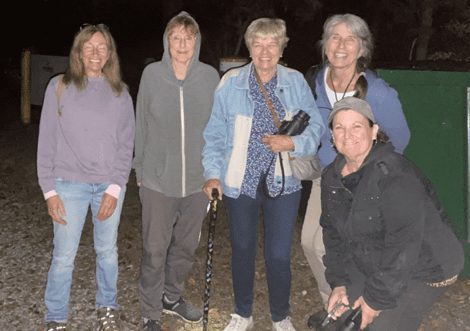
at the Ashland night sky field trip.